Sustainable home improvements enhance energy efficiency and reduce environmental impact. They save money and promote healthier living.
Sustainable home improvements focus on making your house more energy-efficient and eco-friendly. These enhancements can range from installing solar panels to using eco-friendly materials for renovations. Energy-efficient windows, better insulation, and smart thermostats are simple yet effective changes. These improvements not only reduce utility bills but also increase the home’s overall value.
Sustainable choices help reduce carbon footprints and conserve resources. They create a healthier living environment by improving indoor air quality. Embracing sustainable home improvements is a smart investment for the future, benefiting both homeowners and the planet. Sustainable living starts at home, and these upgrades make a significant impact.
Related Article: Home Improvement Ideas for Small Houses – A Complete Guide
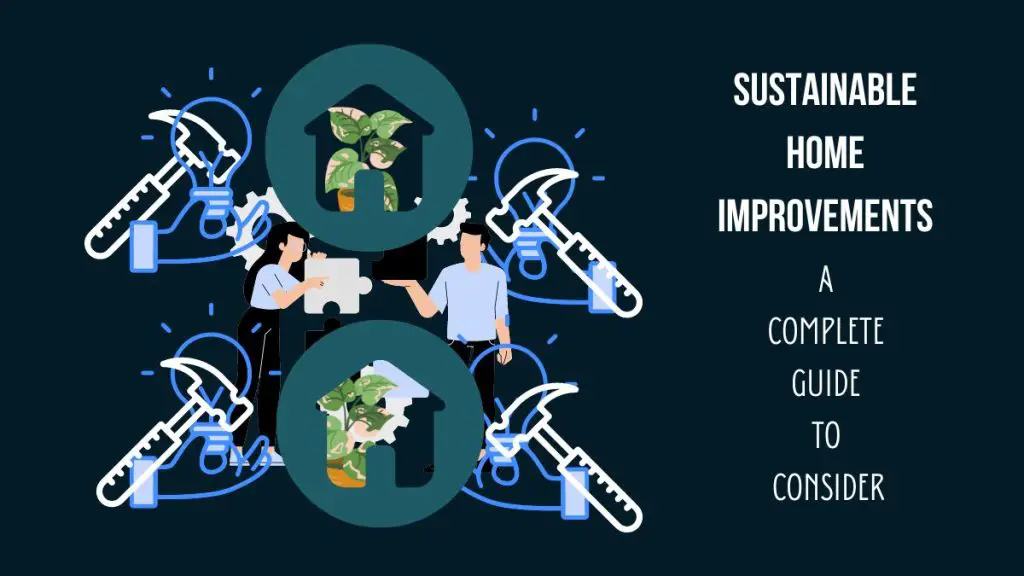
Related Article: How to Learn DIY Home Renovation: Skills to Master Now!
Energy-efficient Appliances
Energy-efficient appliances are essential for sustainable home improvements. They help reduce energy consumption and save money. These appliances use advanced technologies to perform tasks using less power. Investing in them can lower utility bills and reduce the carbon footprint.
Smart Thermostats
A smart thermostat can significantly cut down energy usage. These devices learn your schedule and adjust the temperature accordingly. You can control them remotely using your smartphone. Many smart thermostats also provide energy usage reports. This helps you understand and manage your consumption better.
- Automatically adjusts temperature
- Remote control via smartphone
- Provides energy usage reports
Energy Star Ratings
Appliances with an Energy Star rating meet strict energy efficiency guidelines. These guidelines are set by the Environmental Protection Agency (EPA). Products with this label use less energy without sacrificing performance. They also help reduce greenhouse gas emissions.
| Appliance | Energy Star Benefits |
|---|---|
| Refrigerator | Uses 15% less energy than non-rated models |
| Washing Machine | Reduces water and energy use by 20% |
| Dishwasher | Uses 12% less energy and water |
Related Article: Very Small Kitchen Ideas on a Budget: Innovative Solutions for Small Kitchen Challenges

Credit: www.alamy.com
Related Article: How Much Does It Cost to Landscape a Backyard: A Complete Budget Guide
Eco-friendly Materials
Eco-friendly materials are essential for sustainable home improvements. They help reduce environmental impact and promote healthy living. Using these materials can significantly enhance energy efficiency. They also contribute to a greener planet.
Recycled Building Materials
Recycled building materials are a great choice for sustainable homes. They reduce waste and save natural resources. Examples of these materials include:
- Reclaimed Wood: This wood comes from old buildings. It gives a rustic look to your home.
- Recycled Steel: Steel from old cars and appliances can be reused. It is strong and durable.
- Recycled Glass: Old glass bottles and windows become new tiles and countertops. They add unique designs to your spaces.
Sustainable Flooring Options
Sustainable flooring options are both beautiful and eco-friendly. They come from renewable resources and have a lower carbon footprint. Popular choices include:
- Bamboo Flooring: Bamboo grows quickly and is very strong. It looks like hardwood but is more sustainable.
- Cork Flooring: Cork comes from the bark of cork oak trees. Harvesting does not harm the tree. It is soft and comfortable underfoot.
- Recycled Carpet: Made from recycled plastic bottles, it is durable and eco-friendly. It comes in many colors and styles.
Choosing eco-friendly materials for your home is a smart decision. It helps the planet and creates a healthier living space.
Water Conservation
Water conservation is essential for a sustainable home. By conserving water, you save money and help the environment. Let’s explore some effective methods for water conservation in your home.
Low-flow Fixtures
Low-flow fixtures help reduce water usage. These fixtures can be installed in showers, faucets, and toilets. They maintain performance while using less water.
- Low-flow showerheads: Use up to 50% less water.
- Low-flow faucets: Reduce water flow by 30% or more.
- Low-flow toilets: Save up to 4,000 gallons per year.
Installing low-flow fixtures is simple. They are available at most hardware stores. These fixtures are an easy way to start conserving water.
Rainwater Harvesting
Rainwater harvesting collects rainwater for use in your home. This water can be used for irrigation, flushing toilets, and more.
| Component | Description |
|---|---|
| Rain Barrels | Store collected rainwater. Easy to install and use. |
| Gutters | Direct rainwater into storage containers. |
| Filters | Remove debris from collected rainwater. |
Rainwater harvesting systems can be customized. They can be small or large, depending on your needs. Start with a simple rain barrel to see the benefits.
Both low-flow fixtures and rainwater harvesting are effective water conservation strategies. Implementing these methods will make your home more sustainable.

Credit: www.realhomes.com
Related Article: The Ultimate Guide to Solid Roof Pergolas
Green Insulation
Investing in green insulation is a smart choice for sustainable home improvements. It helps reduce energy consumption and promotes a healthier environment. Let’s explore some eco-friendly insulation options to keep your home comfortable and green.
Natural Fiber Insulation
Natural fiber insulation uses materials like wool, cotton, and hemp. These fibers are renewable and have low environmental impact.
- Wool Insulation: Wool is fire-resistant and has excellent insulating properties.
- Cotton Insulation: Cotton, often sourced from recycled denim, provides great thermal performance.
- Hemp Insulation: Hemp is durable, pest-resistant, and has good insulating capabilities.
| Material | R-Value | Benefits |
|---|---|---|
| Wool | 3.5 per inch | Fire-resistant, renewable |
| Cotton | 3.7 per inch | Recycled, non-toxic |
| Hemp | 3.5 per inch | Durable, pest-resistant |
Recycled Insulation Options
Recycled insulation options reuse materials, reducing waste and conserving resources.
- Cellulose Insulation: Made from recycled newspaper, treated for fire resistance.
- Recycled Denim: Insulation from old jeans, offering good thermal performance.
- Glass Wool: Made from recycled glass, effective for thermal and acoustic insulation.
Choosing green insulation supports sustainability. It also improves home energy efficiency. Consider these options for an eco-friendly living space.
Renewable Energy Sources
Renewable energy sources are essential for sustainable home improvements. They reduce your carbon footprint and save money in the long run. Solar panels and wind turbines are popular choices. Let’s explore these energy solutions in detail.
Solar Panels
Solar panels convert sunlight into electricity. They are easy to install on rooftops. These panels help lower your electricity bills. They also reduce greenhouse gas emissions.
Installing solar panels can be a smart investment. Many governments offer tax credits and incentives. This can offset the initial costs.
| Benefits | Details |
|---|---|
| Cost Savings | Reduces electricity bills |
| Environmentally Friendly | Reduces carbon footprint |
| Low Maintenance | Requires minimal upkeep |
Wind Turbines
Wind turbines generate electricity from wind. They are ideal for areas with strong winds. Small turbines can power homes efficiently.
There are two types of wind turbines:
- Horizontal-Axis Turbines: Most common and efficient.
- Vertical-Axis Turbines: Better suited for urban areas.
Wind turbines can be a great addition to your home. They reduce reliance on fossil fuels.
Consider your local climate and wind patterns before installation. This ensures optimal performance.
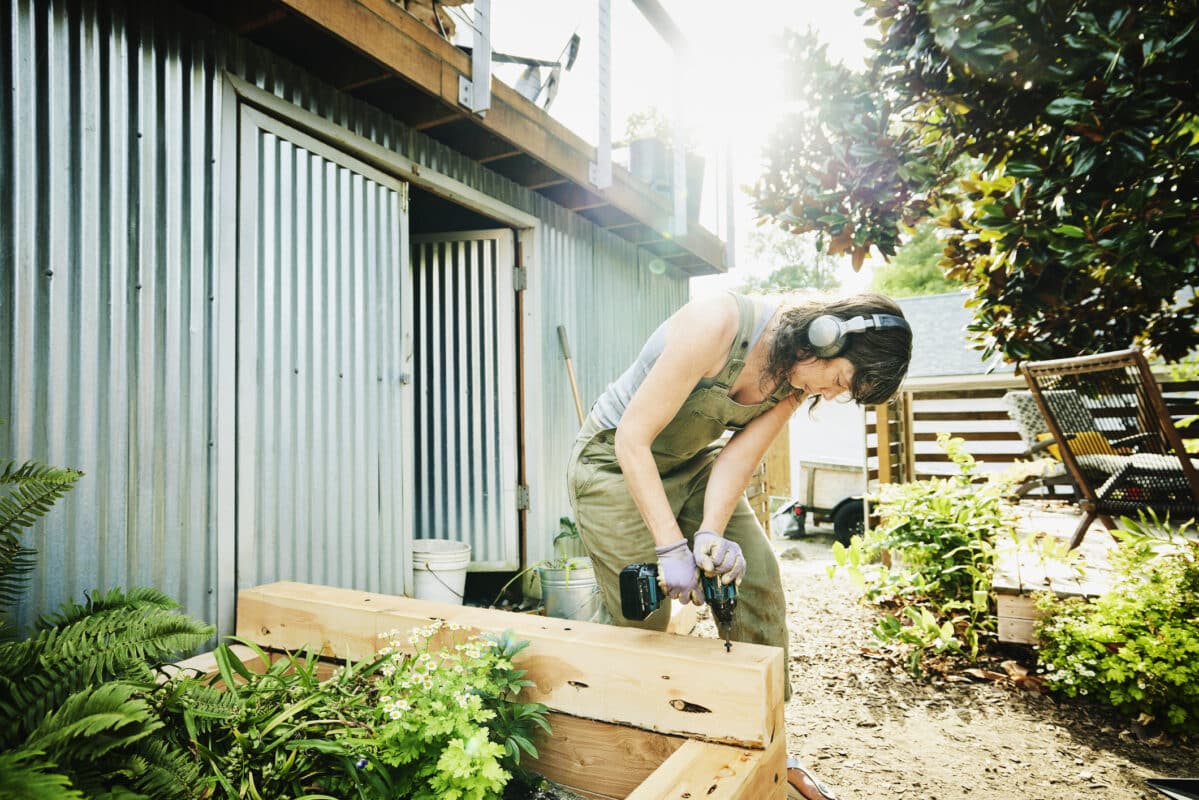
Credit: www.ecowatch.com
Related Article: Exploring The Best Mobile Home Renovation Ideas: Transform Your Space!
Indoor Air Quality
Improving indoor air quality is crucial for a healthy home. Poor air quality can lead to health problems. Simple changes can make a big difference.
Non-toxic Paints
Many paints contain harmful chemicals. These chemicals, called volatile organic compounds (VOCs), can be dangerous. Non-toxic paints are a safer choice. They release fewer harmful chemicals.
- Low-VOC paints: These have reduced levels of VOCs.
- Zero-VOC paints: These have no detectable VOCs.
- Natural paints: Made from natural ingredients like clay and milk.
Using non-toxic paints can improve indoor air quality. They are better for your health.
Air Purifying Plants
Certain plants can clean the air. They remove toxins and release oxygen. Air purifying plants can make your home healthier.
| Plant | Benefits |
|---|---|
| Spider Plant | Removes formaldehyde and xylene |
| Snake Plant | Converts CO2 to oxygen at night |
| Aloe Vera | Removes formaldehyde and benzene |
| Peace Lily | Removes ammonia, benzene, and formaldehyde |
Add these plants to your home for cleaner air. They are easy to care for and beautiful.
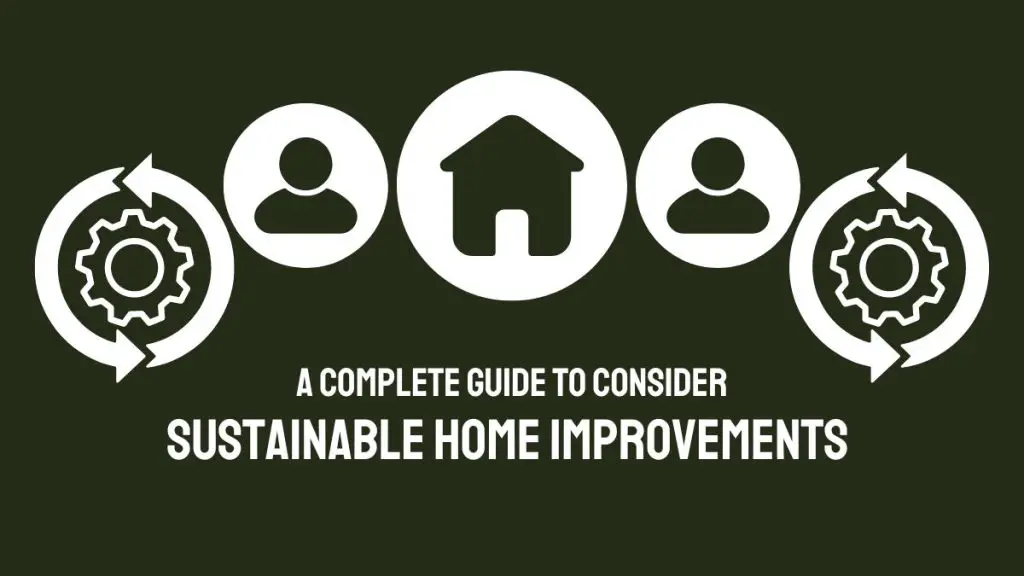
Related Article: Budget DIY Backyard Shade Ideas You’ll Love
Conclusion
Adopting sustainable home improvements benefits both the environment and your wallet. Simple changes can lead to big impacts. Embrace eco-friendly practices to create a healthier living space. Start small and gradually make more sustainable choices. Your home and the planet will thank you.
Sustainable living is a journey worth taking.
Related Article: The Weatherproof Outdoor Storage Solutions: A Complete Guide
You may also read: Best Paint Edger for Ceilings: Top Picks for Precision and Ease

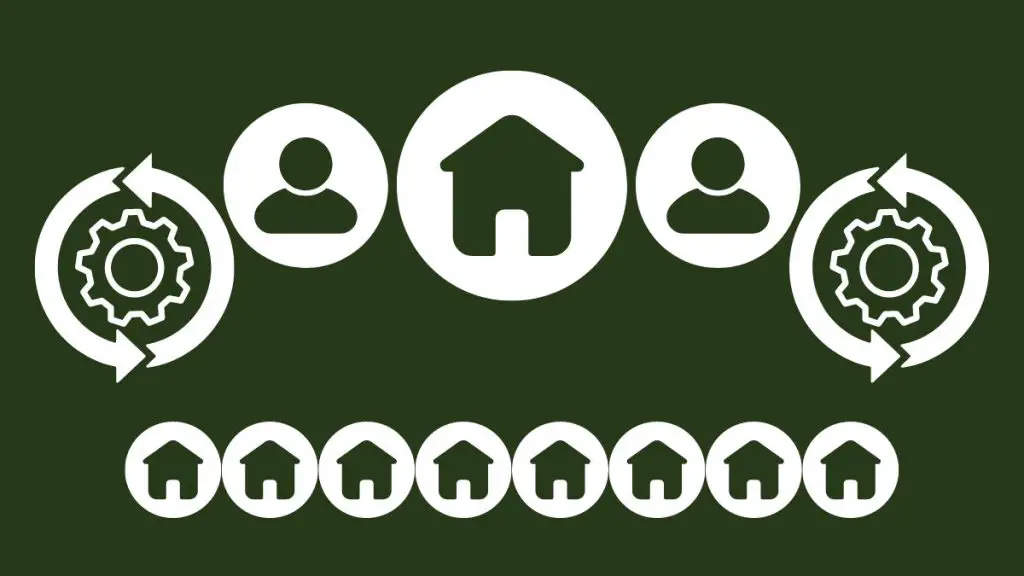
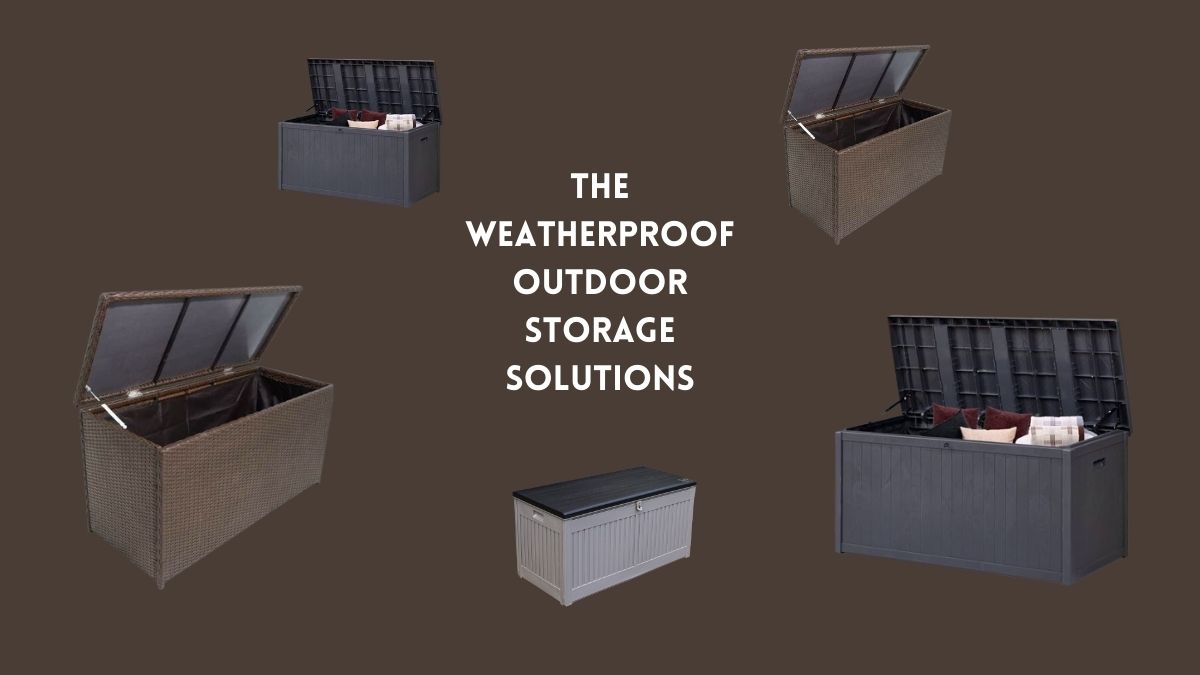

Pingback: Very Small Kitchen Ideas on a Budget: Innovative Solutions for Small Kitchen Challenges Dwell Gardens